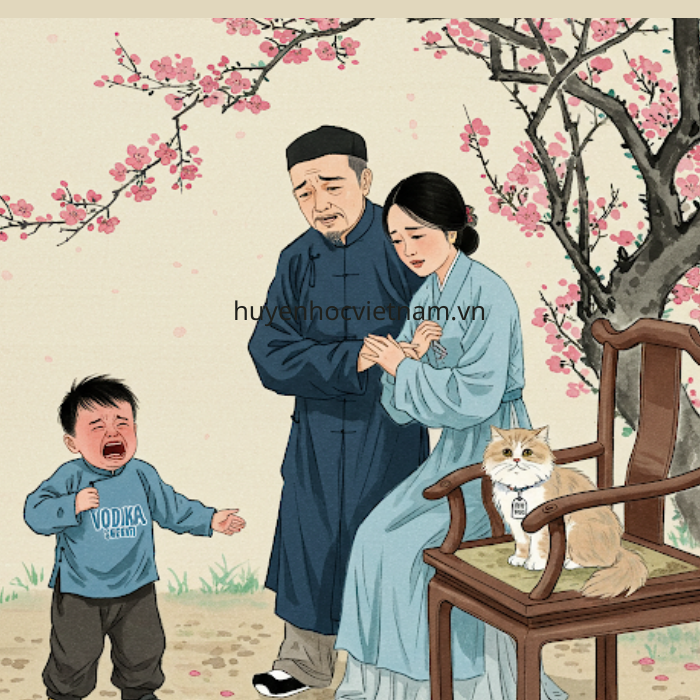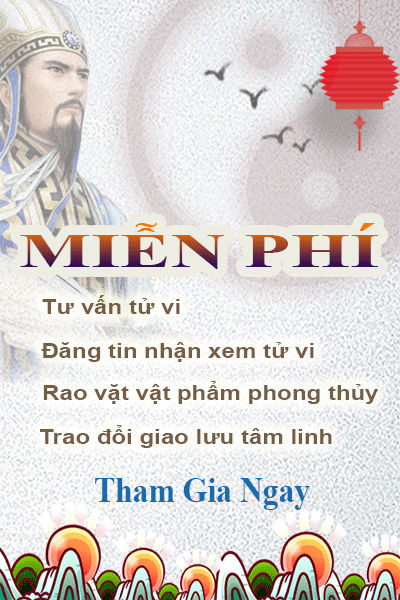TẠP-QUÁI-TRUYỆN
Cấu-trúc cuả Tạp-Quái-Truyện đã được duyệt kỹ trong hai bài 96 và 97. Hay ho nhất là cắt nghiã tại sao tám quẻ cuối truyện (Đại-quá, Cấu, Tiệm, Di, Ký-tế, Quy-muội, Vi-tế, Quyết) lại không phản-đối từng đôi một. Dưới đây là bổ-túc bằng Tân-toán-học.
GS Daniel Goldenberg đã chứng-minh rằng nhóm 64 biệt-quái với phép toán 2-chu-kỳ (hào chi giữa hai hào lân-cận = 2-cycle), là một nhóm phi-abel (non-abelian group). Tính phi-abel là hệ-quả hiển-nhiên cuả kết-hợp giữa 2-chu-kỳ. Tuy nhiên, nếu ta dùng liệt-kê mật-mã Gray (Xem bên dưới), nhóm phi-Abel này sẽ trở thành nhóm Abel, bởi vì với bất kỳ ba 2-chu-kỳ liên-tiếp nào, phép cộng đẳng-thặng 2 sẽ giao-hoán.
Nhờ Định-lý khổng-lồ cuả toán-thuyết về nhóm, nhóm phi-Abel này nghiễm-nhiên là nhóm giản-dị hữu-hạn xưa nhất thế-giới. Định-lý căn-bản Đại-số Chu-dịch (Định-lý 7) bảo rằng: “Với bất kỳ một cặp biệt-quái nào ta cũng tìm ra được một biệt-quái thứ ba duy nhất, mệnh-danh là biệt-quái trung-gian, biến đổi một biệt-quá trong cặp thành biệt-quái kia trong cặp qua phép cộng hay phép trừ đẳng-thặng 2”. Tỷ như trong thí-dụ sau đây:
001011 (Tiệm u) 100001 (Di v[)
+ 100001 (Di v[) + 110100 (Quy-muội v)
101010 (Ký-tế ) 010101 (Vị-tế
)
On the abstract level, professor Goldenberg showed that the group of 64 hexagrams of the Chouyi (R34, p. 149-51), under the binary operation of 2-cycle (permutation of 2 contiguous hsiaos or hsiao swap or bits swap) is a non-abelian group, i.e. satisfying closure, associativity, identity element, and inverse. The non-abelian property is obvious because of the order of composition of the 2-cycles.
However, if we use the Gray Code Sequencing (cf. Chapter Five, § 2.7), the group becomes abelian, because for any three successive 2-cycles the addition or the substraction modulo 2 is commutative. Check!
Thanks to the Enormous Theorem in Group Theory (R36), this non-abelian group constitutes the oldest simple finite group of the World. The Goldenberg’s fundamental theorem of the Algebra of the Chouyi (R34, pp.163-4) reads: “For any hexagram-pair, there exists a third, unique, mediating hexagram which transforms either member of the pair into the other under addition or substraction (modulo-difference which is knowingly also the modulo-sum alias XOR of Computerese). E.g.,
001011 Chien 漸 Tiệm (H53) 100001 I 頤 Di (H27)
+ 100001 I 頤 Di (H27) + 110100Kuei-Mei 歸 妹 Quy-muội (H54)
101010 Chi Chi 既 濟 Ký-tế (H63) 010101 Wei Chi lang=”ZH-CN” > 未 濟 Vị-tế (H64)
R34 Goldenberg, D.S, The Algebra of the Chouyi and its Philosophical Implications, Journal of Chinese Philosophy 2 (1975), 149-76.
R36 Gorenstein, D., The Enormous Theorem, Sci. Am., Vol. 253, Nr. 6, Dec. 1985.
The GRAY CODE ARRANGEMENT
The Gray code is an encoding of unsigned binaries so that adjacent binaries have a single bit different by 1. Usually it is called binary reflected Gray code for it can be generated as follows. Take the gray code 0, 1. Write it forwards then backwards 0, 1, 1, 0. Then prepend 0s to the first half and 1s to the second half: 00, 01, 11, 10, 10, 11, 01, 00 and so on. Each iteration doubles the number of codes. From the five successive iterations we get the 2, 3, 4, 5, 6-bit Gray code which represent successively the Di-, Tri-, Tetra-, Penta- and Hexagrams.
The following tables are sort of bootstrap to § 2.7 below.
Table 2.5.1 Table 2.5.2 Table 2.5.3 Table 2.5.4
2-bit Gray code 3-bit Gray code 4-bit Gray code 5-bit Gray code
0 00 00 000 0000 0000 00000
1 01 01 001 0001 0001 00001
1 11 11 011 0011 0011 00011
0 10 10 010 0010 0010 00010
10 110 0110 0110 00110
11 111 0111 0111 00111
01 101 0101 0101 00101
00 100 0100 0100 00100
1100 1100 01100
1101 1101 01101
1111 1111 01111
1110 1110 01110
1010 1010 01010
1011 1011 01011
1001 1001 01001
1000 1000 01000
11000
11001
11011
11010
11110
11111
11101
11100
10100
10101
10111
10110
10010
10011
10001
10000
Table 2.3 The 2, 3, 4, 5-bit Gray Code’s Arrangement
Table 2.5.4 Table 2.5.5
5-bit Gray code 6-bit Gray code
00000 000000 Khôn K’un
00001 000001 Bác Po
00011 000011 Quan Kuan
00010 000010 Tỷ Pi
00110 000110 Tụy Ts’ui
00111 000111 Bĩ P’i
00101 000101 Tấn Chin
00100 000100 Dự Yü
01100 001100 Tiểu-quá Hsiao Kuo
01101 001101 Lữ Lü
01111 001111 Độn Tun
01110 001110 Hàm Hsien
01010 001010 Kiển Chien
01011 001011 Tiệm Chien
01001 001001 Cấn Kên
01000 001000 Khiêm Ch’ien
11000 011000 Thăng Shêng
11001 011001 Cổ Ku
11011 011011 Tốn Sun
11010 011010 Tỉnh Ching
11110 011110 Đại-quá Ta Kuo
11111 011111 Cấu Kou
11101 011101 Đỉnh Ting
11100 011100 Hằng Hêng
10100 010100 Giải Hsieh
10101 010101 Vị-tế Wei Chi
10111 010111 Tụng Sung
10110 010110 Khốn K’un
10010 010010 Khảm K’an
10011 010011 Hoán Huan
10001 010001 Mông Mêng
10000 010000 Sư Shih
110000 Lâm Lin
110001 Tổn Sun
110011 Trung-phu Chung Fu
110010 Tiết Chieh
110110 Đoài Tui
110111 Lý Lü
110101 Khuể K’uei
110100 Quy-muội Kuei Mei
111100 Đại-tráng Ta Chuang
111101 Đại-hữu Ta Yu
111111 Kiền Ch’ien
111110 Quyết Kuai
111010 Nhu Hsü
111011 Tiểu-súc Hsiao Ch’u
111001 Đại-súc Ta Ch’u
111000 Thái T’ai
101000 Minh-di Minh I
101001 Bí Pi
101011 Gia-nhân Chia Jên
101010 Ký-tế Chi Chi
101110 Cách Ko
101111 Đồng-nhân T’ung Jên
101101 Ly Li
101100 Phong Fêng
100100 Chấn Chên
100101 Phệ-hạp Shih Ho
100111 Vô-võng Wu Wang
100110 Tùy Sui
100010 Truân Chun
100011 Ích I (I4)
100001 Di I (Yi1)
100000 Phục Fu
Table 2.4 The 5-bit and 6-bit Gray Code’s Arrangement
(Dẫn theo trang khaotapdich.blogspot.com)



















